Taking Te Reo Māori To The World: Jack Gray
As Aotearoa celebrates Te Wiki o Te Reo Māori, Arts leader, performer and choreographer Jack Gray explains the crucial and powerful role Te Reo is playing in his current travels in the United States.
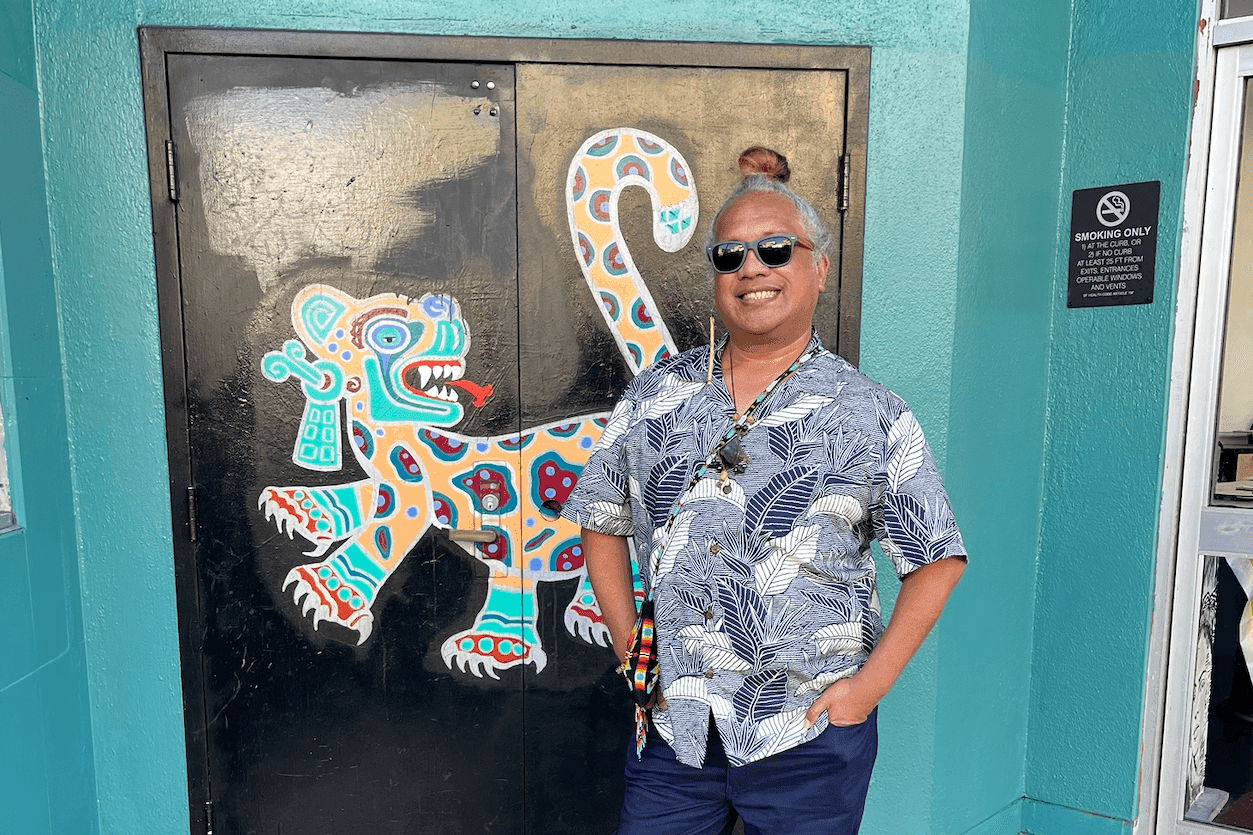
Language is a natural way of expressing identity and place - and also part of the continuum flow that represents how lineage, relationships, generational and community come into being.
It is usually unseen how language propagates itself and forms hybrid vocabulary that holds the conceptual foundations of connection between groups of people. Certainly through COVID - and being forcibly kept inside our nation's borders - has the more distinct aspects of language been able to propagate.
I acknowledge the influences around us that socialise and normalise us towards the immersion of languages, most notably Te Reo Māori, with its sweeping winds moving through our inner and outer landscapes on a daily basis.
This year, we were able to witness new protocols during Matariki, a highlight of the televised broadcast being - for the first time - the participation of six women leading the karakia, with each karakia representing a different star during the Hautapu ceremony.
As a Māori person, I acknowledge in gentle ways how our ancestral traditions create opportunity to disperse our emotional and spiritual realities - Te Reo being the easiest way to ripple the energies of the cosmological worlds that give rise to Te Ao Māori.
The thin binding veil between the world of the living and those spirits since departed. The navigation of tapu and noa allow for tikanga protocols to enable our threading of presences within our environments, and imbue a sense of value and guardianship.
In the weekend, I left Aotearoa to head to Ohlone Lands - the ephemeral Native American tribal identity of San Francisco (amongst other defined tribal names and affiliations - often non-federally recognised).
I answered an inner pull within myself to return to this place after many years separated through the pandemic. I feel a strong connection to this place and to the people, mostly an eclectic arts community - queer, Indigenous and healing based.
I arrived with Aotearoa glowing on my skin, with mana enveloped in my kakahu, a mixture of feeling both kaha and tau - a unique version of myself borne from my life experiences in more recent times.
Instead of feeling uncertain or anxious at being in a foreign setting like I remember I used to, I could feel the cultural density that immersing and growing in Aotearoa over these past years of pandemic isolation with all of its many facets had unwittingly achieved.
I felt the immediacy of diverse cultures here, with the blaring sounds and beats of Latino and Black neighbourhoods, the burst of cannabis gusting by, and street vendors selling everything in the Mission with its graffiti and its mural art depicting sacred forms of Indigenous and Mexican folklore.
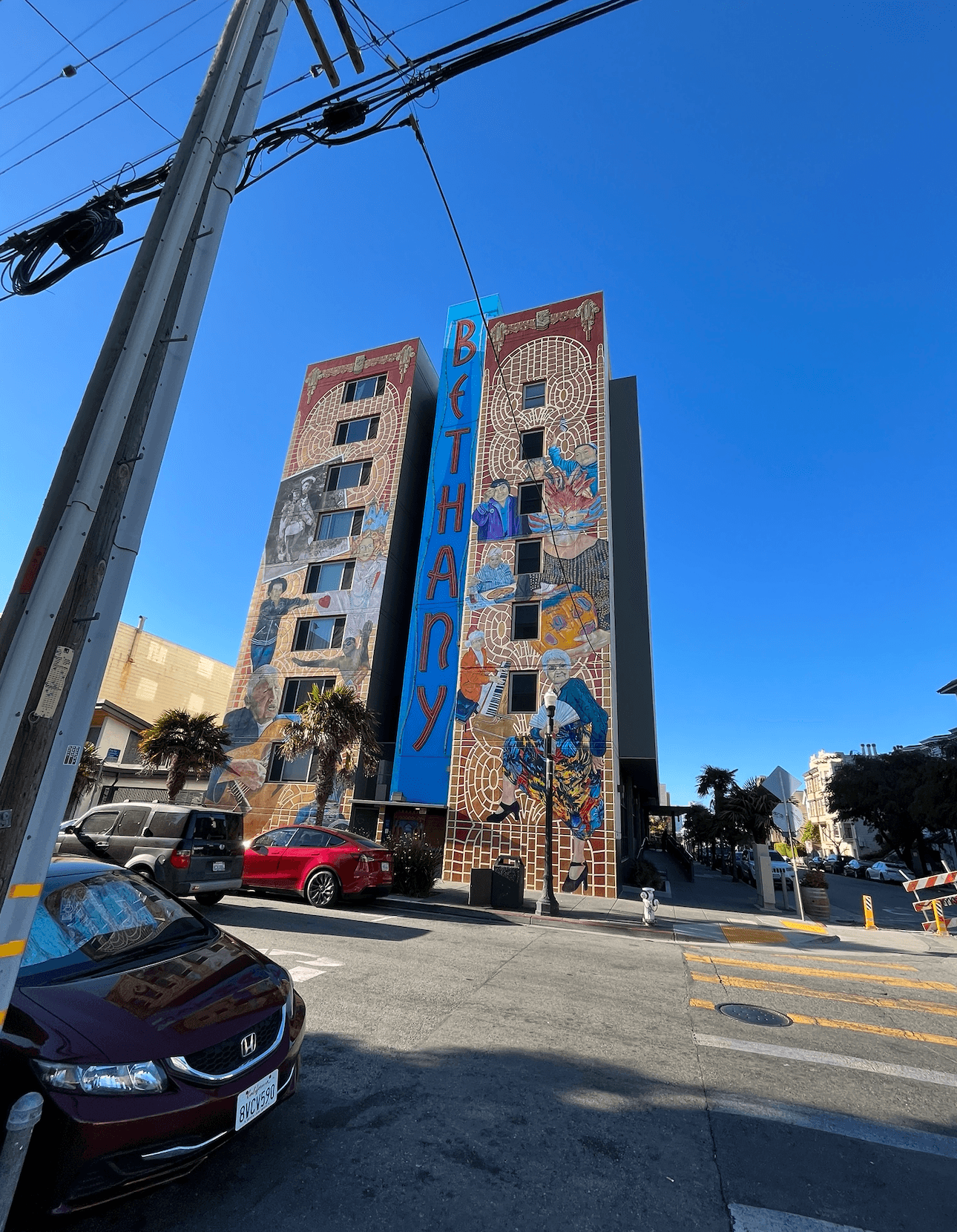
Attending a event - at the Dance Mission Theater called The Source facilitated by Dancing Earth and co-curated by Tala Mai Moana - I was warmly welcomed as an international guest into this immersive community experience of Rituals, Performances, Workshops, Cultural Shares, and Ancestral Connectivity through multiple exchanges. MC for the night, Elaine Talamaivao - originally from Wellington - has lived many years in Riverside, California and has maintained her Māori and Samoan essence through her dance teaching and daily sustenance which she articulates in the context of these lands as respect and mana.
The beauty of this experience as an audience member and then participant, was listening to the kōrero of each presenting artist and the whakapapa they share.
They enable unseen maps on the land to trace steps perhaps forgotten, though their presence finds place again in the theatre space and through their songs and dances and creative ideas.
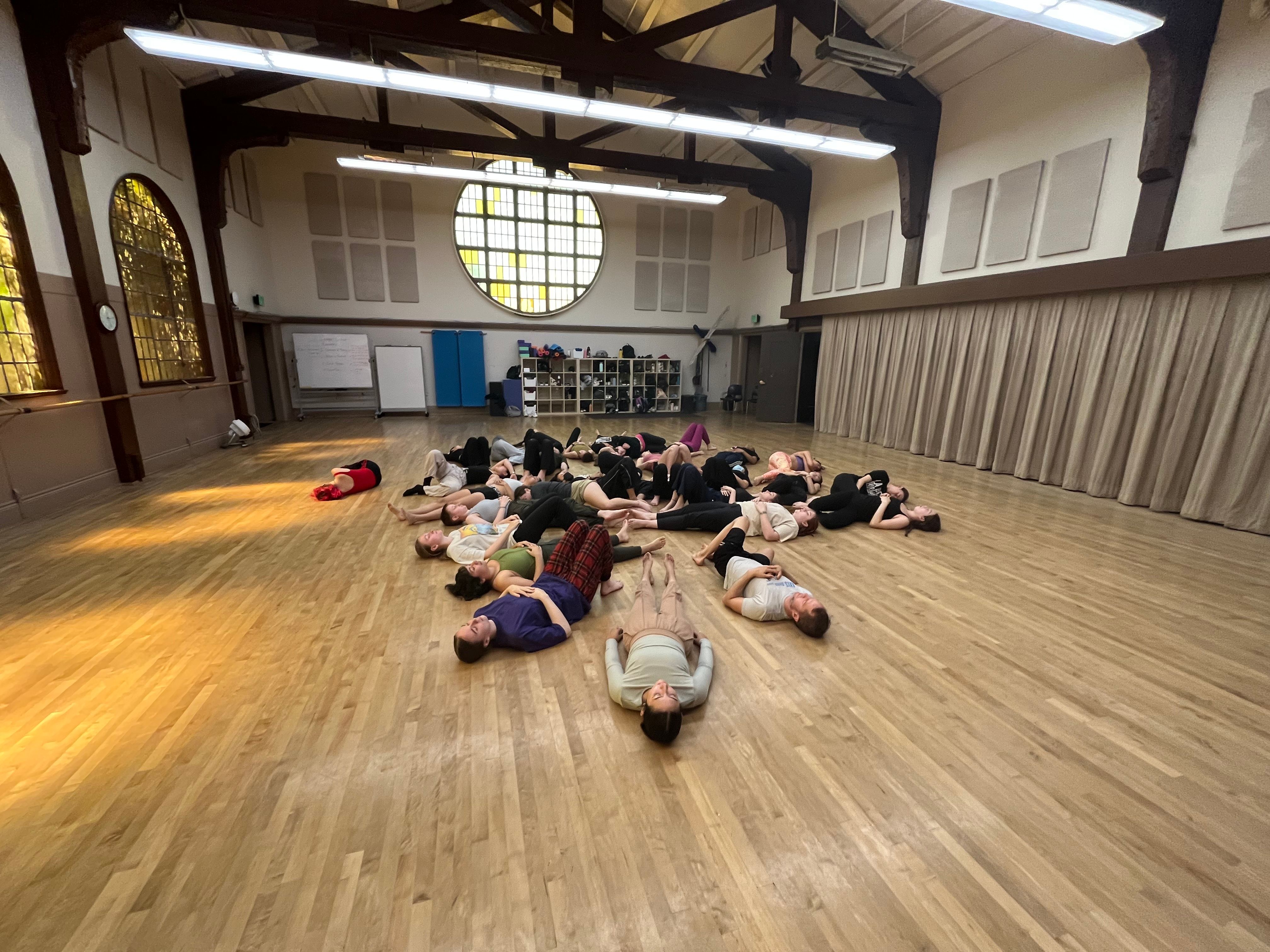
This remembering of multiple language streams is important as these lands hold many. In Aotearoa, we uphold each individual language in its own mana with each Pacific nation having its moment in the spotlight. I don’t recall that it is as mixed and intercultural in Aotearoa as it is feeling this evening.
It is a delight to reposition as manuhiri. Elaine whispers into my ear if I would like to close this event the next day, and I hesitate to internally clarify the question, before humbly accepting the honour she has bestowed.
Participating in the final day of activations led by artists from around the world such as water rituals from Peru and the Phillippines, I am called into a ritual gifting ceremony presented by Dancing Earth Founding Artistic Director, Rulan Tangen.
As I approach, she leaps up and gives me a hongi, which illustrates a cultural tradition that is unique in the room. After that, I too offer hongi to meet others and feel its binding intertwining of breath. She explains it to the community who hold the sacredness with fitting reverence.
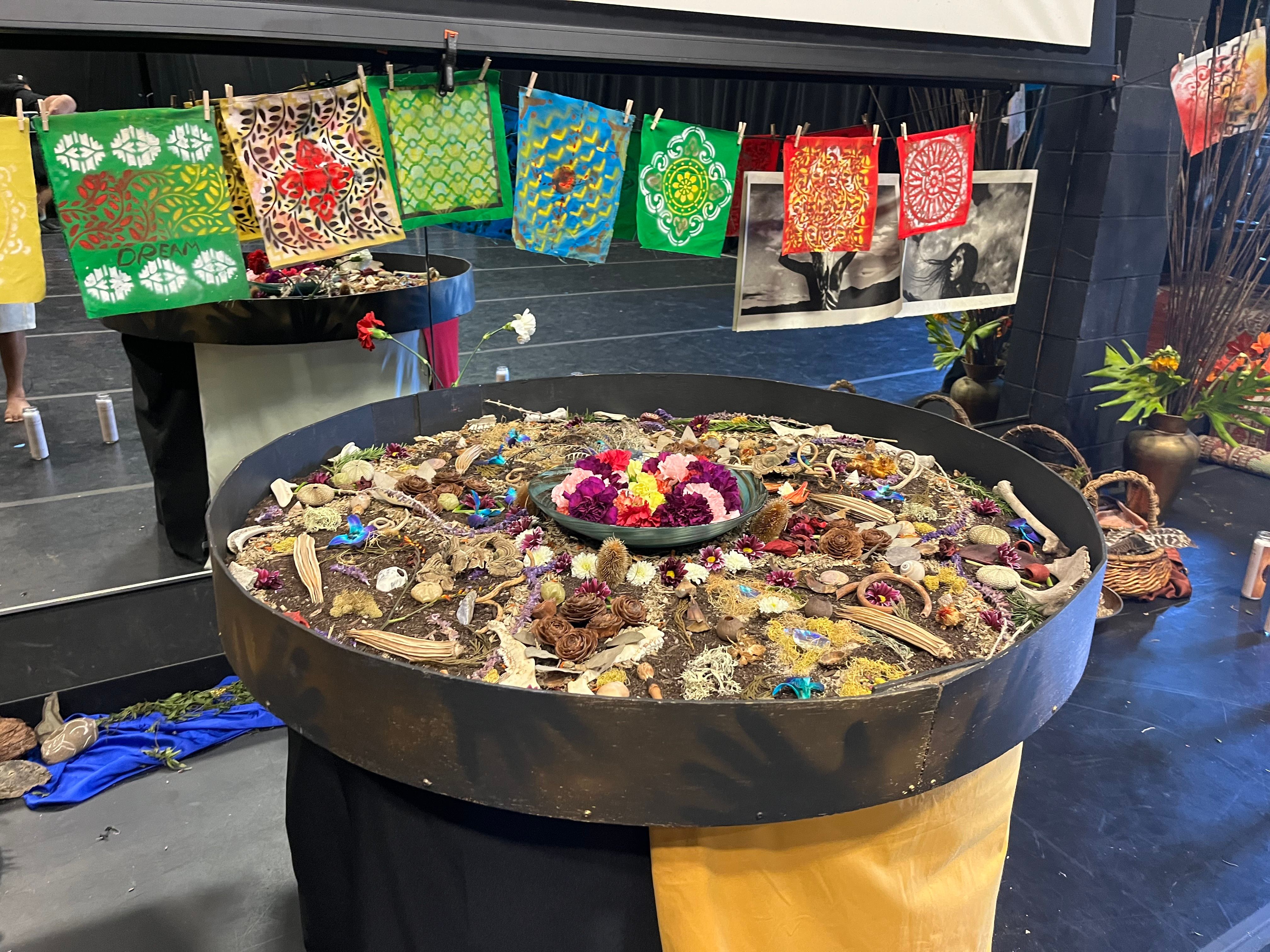
All around us are symbols of manifestations of the spiritual grounding of the cultures present - from food offerings to water bowls to instruments to an altar of petals, plant life and colourful imagery.
When I’m given the signal to close the event, I do a mihi to acknowledge the land and the inhabitants, and bring Elaine up to honour her. I share about our cultural lens as Māori and sing a waiata before leading a group freestyle movement response to a track of music with karanga and taonga puoro.
This experience happens with the lights off and a small light to allow just enough glimpse into Te Po. Within this space, Elaine and I move into unspoken and unplanned formation and begin to haka. Our voices lifting, curdling the air, erupting and releasing. As the music winds down I call out another karakia to pull the space together. Our magical ways deeply and urgently vital, creating a meeting of cultures that hold the greatest potential for us as a planet.
The next day was my return to teaching classes at University of California, Berkeley where I had made a work called Turangawaewae for the Berkeley Dance Project 2014.
It is a truly beautiful reminder of the power of dance teaching - especially globally - with the basic premise being literally walking into a roomful of strangers, each with their own journeys in dance, to somehow philosophically and physically connect.
For both classes I taught, my first inclination was to greet in Te Reo Māori.
I remember how I used to be unsure of how to enact one’s protocols in different spaces internationally, especially when it was most likely that Indigenous language may never have been spoken there before. However, I realised that in order for them to receive my teaching, I had to just be myself. And so without making a big deal, I set about sharing Te Reo in an organic way as an introduction of world views and a shift around narratives of exclusion and erasure.
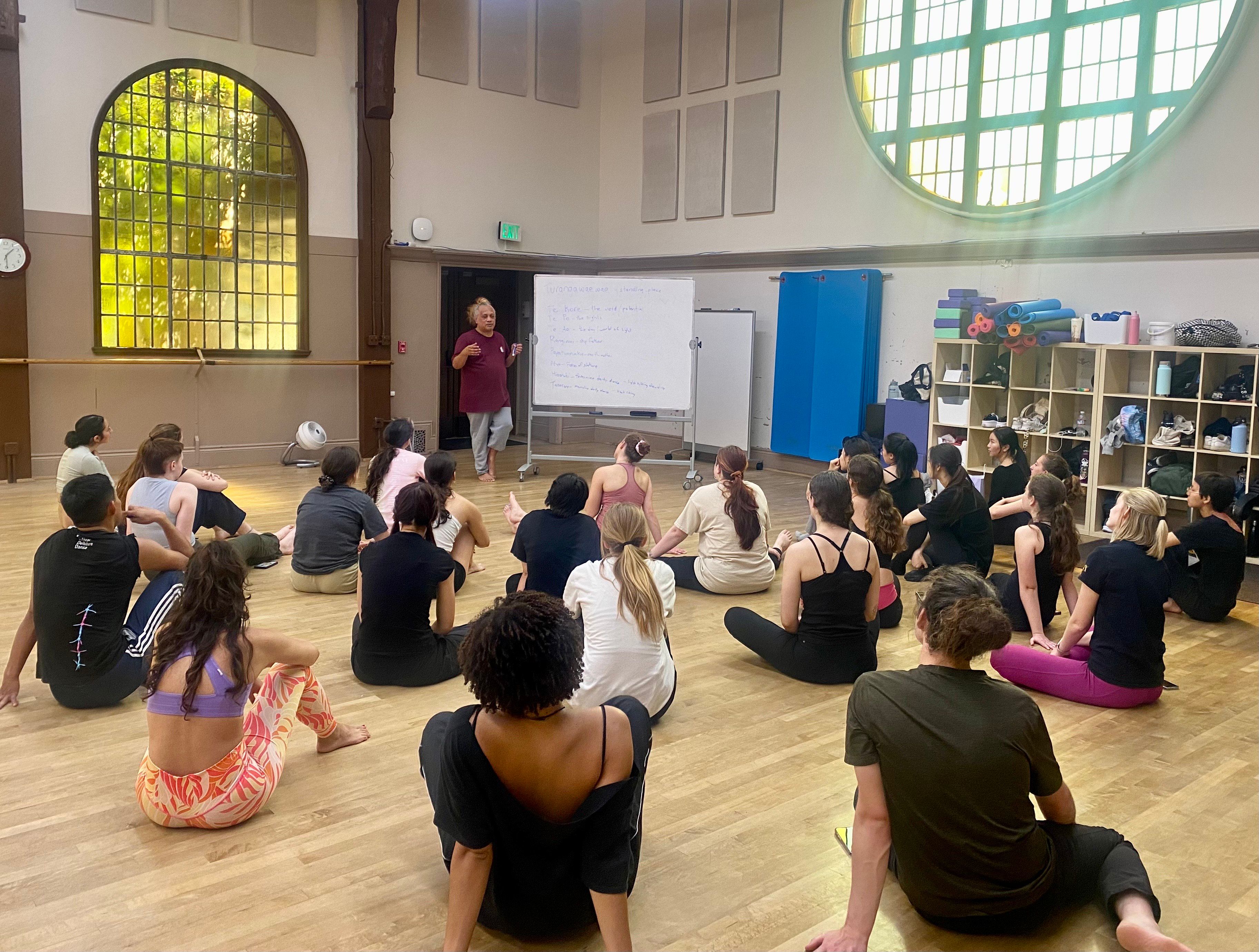
I used call and response of words to create a bridge between us, and in a cultural way, tried to pop the tension with some Dad jokes - which went over the students heads - so I cued them in by saying “that was a joke” to which they giggled, albeit nervously.
I was told recently by a friend that when they first met me, they were intimidated. I guess what that means - and in the context of teaching - is that I am perceived as the entity with knowledge that the students or others may or may not know. I love to create a genuine space where we test our boundaries together and slowly make our way beyond our own control of a situation so we might collapse into a fertile space where our imaginations and inhibitions can be freed.
I continued to draw on elements of culture, a strong warrior breath, the image of the dance floor as the belly of Papatuanuku, feeling bird life settling amongst our tree-like limbs and inviting ecosystems to move in and through our mindscape. When we moved across the floor I used Waiata/Anthems. The students asked me for my playlist and I proudly said "Just look up Te Reo Māori on ITunes!"
Finally, I taught them a haka.
I shook off the pedantic control of how we culturally police ourselves and others, to realise that culture is merely an expansion of the post-human experience. Through each sound and thought cloud, through rhythm and projection, through intensity of full voicedness - we gathered this vessel and filled it with parts of ourselves.
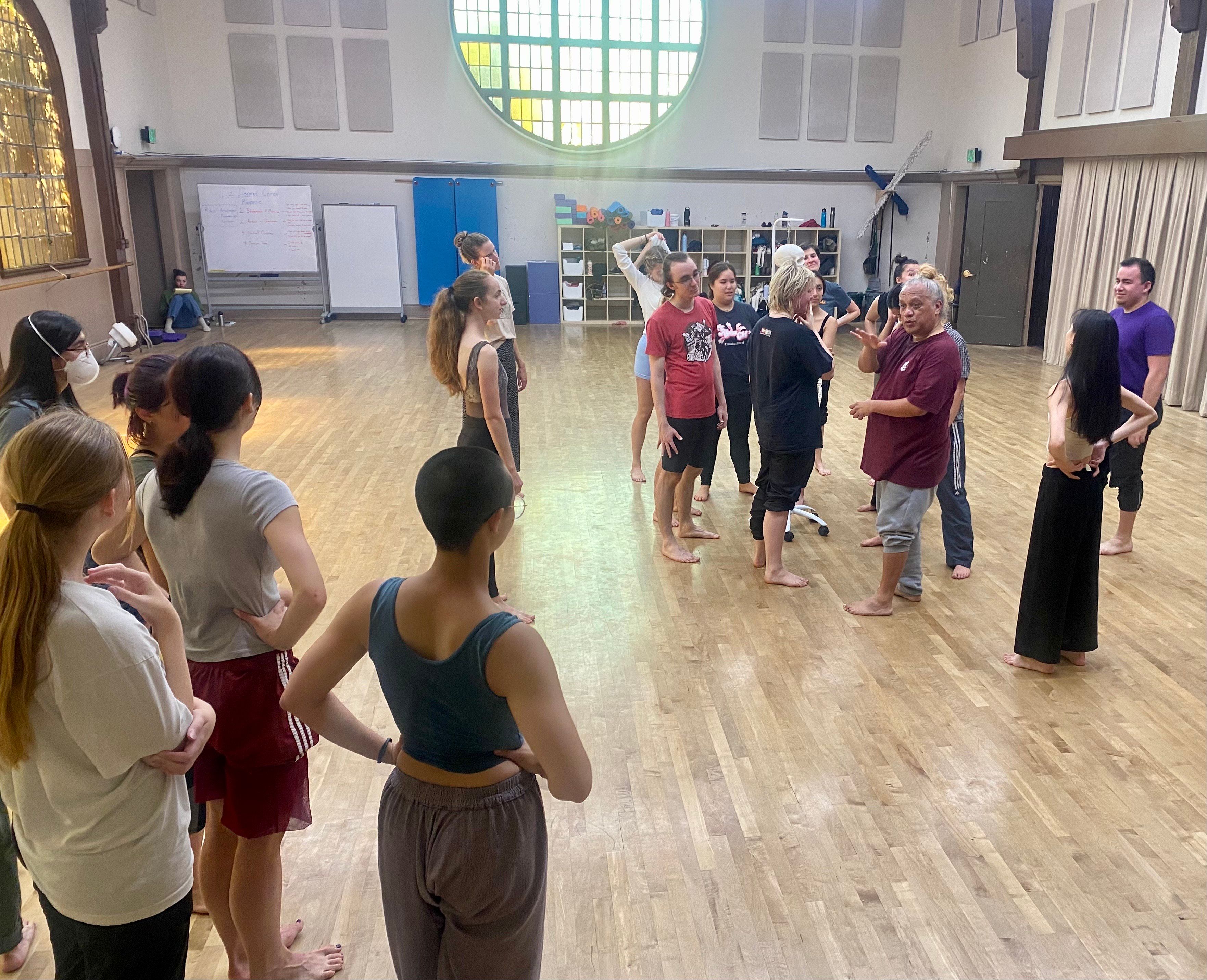
After, I spoke to a student who lingered in the hall. She was from Israel, raised in the Netherlands and was making her way in the United States. As she thanked me, her eyes brimmed with tears and I smiled as she released. She shared her vision of humanity and of crossing worlds, of loss and destruction, power and renewal.
I share these reflections as I hadn’t realised initially that it was Te Wiki o te Reo Māori until I saw everyone’s dedications on social media.
I was thinking about how without knowing, I was just being.
And I think how healing it is to just make your world with all the knowledge and insight you have. It’s taken a long time to realise I/we are enough. And I mihi to all of my friends and whānau who tautoko me to keep living my best life.